A lot of americans have a vague idea of where their water comes from, says Kayla Callender, a former participant in the Independence Seaport Museum’s River Ambassador program.
“We take water for granted,” she says. “We assume it’s never going to run out.”
The River Ambassadors program is bridging the disconnect between citizens and their water, by equipping high school students to be water stewards and educators.
Ambassadors do everything from daily water-quality testing to caring for the museum’s Floating Wetlands to demonstrating Citizen Science Lab programs for the public. They will also maintain the Delaware River’s two new seabins, which collect floating garbage.
Ali Stefanik, assistant director of waterfront and community programs, says the River Ambassadors program looks for students with an interest in water, but it’s often not necessary. The relationships built and culture of inclusion is often more than enough to engage the students, says Stefanik. The program maintained 80 percent of its ambassadors from last year.
Callender was in the program’s first cohort in 2015. She found out about the opportunity through the Philly Youth Network (PYN), a nonprofit that connects youth with work opportunities. (River Ambassadors is part of WorkReady, managed by PYN.) After graduating high school in 2018 and starting college, she came back last year to work as an alliance education fellow.
While in high school, Callender had initially enrolled in a four-year STEM program that emphasized the sciences for Black women at the Seaport Museum. She had always enjoyed working with kids and thought the science experiments that the River Ambassadors conducted sounded interesting. She joined the program and quickly began to care about water and the litter seen frequently clogging Philly’s storm drains.
“When you litter it seems like it doesn’t matter,” she says, “because you can’t see the consequences. But then you see pictures of trash islands and realize all water is connected.”
Callender’s main focus through her many roles in the program has been water advocacy.
She continued returning to the program year after year because of her relationships with the program leaders.
“They treated me like an adult,” she says. “I felt free to express who I was.”
As a fellow, Callender’s main duty was education, and her fellowship culminated in the development of a community-engagement project for the museum.
Most people walk past the museum without noticing it, she says, so she designed a cart with projects and information for passersby about the museum and its mission, in hopes of sparking their curiosity and coaxing them in.
“You get what you put out,” says Callender. “We want people to understand that something needs to change.”
Like most environmental programs during the pandemic, River Ambassadors has had to get creative with remote programming.
This led to a period of reflection and addressing questions. “What is the core of our program? What is it that excites youth?” says Stefanik.
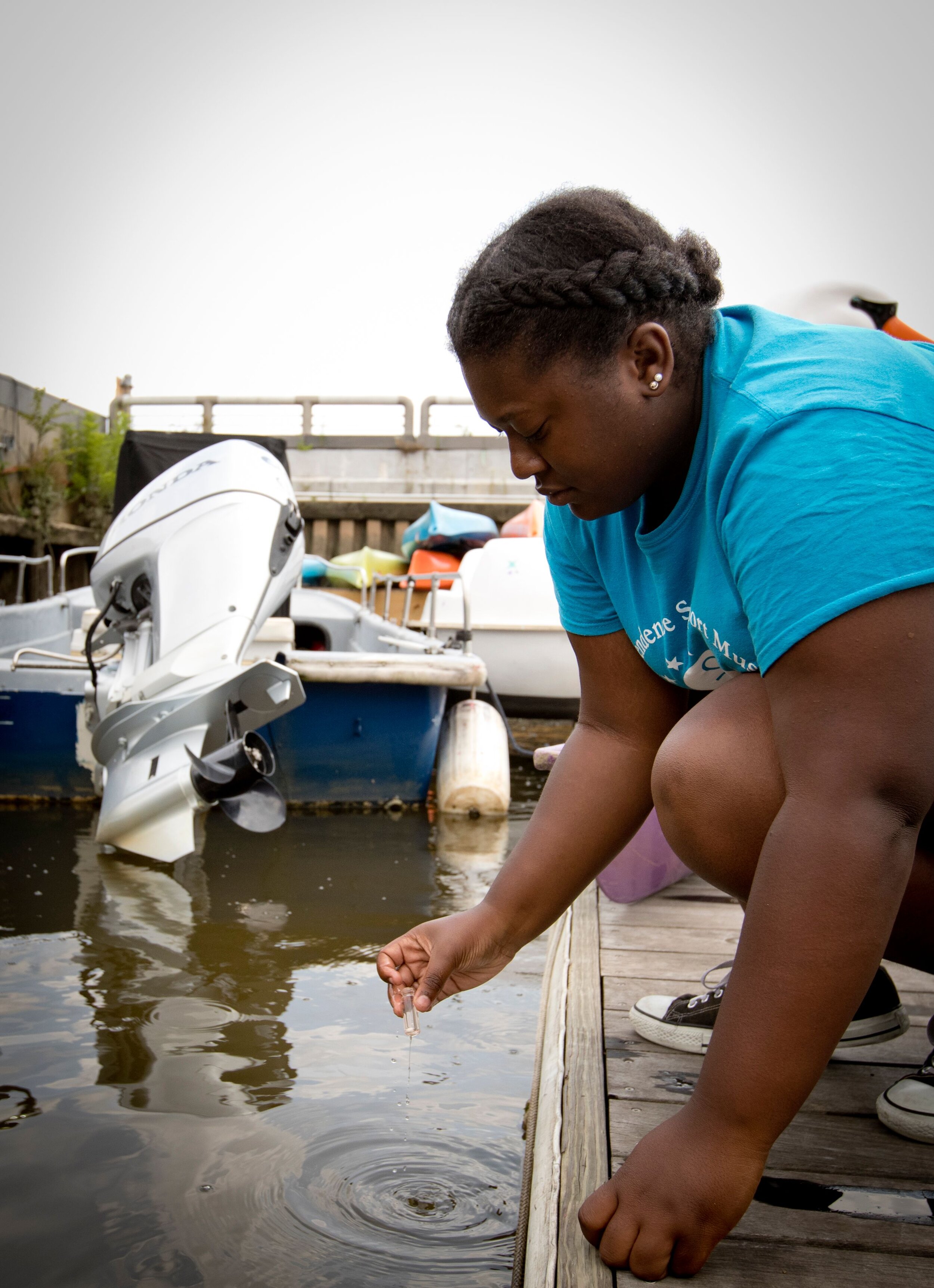
The clear answer: water advocacy.
“[The program decided] to shift the focus to all of our neighborhoods in the blocks where the youth actually live,” says Stefanik.
“It’s an effort to get people to think,” says Stefanik. Adding that with most Philly storm drains, all contents end up in large bodies of water.
“It’s about making people make that connection,” she says, “that if they leave their mask and gloves on the ground, it will end up in our water.”
Everyone involved in the program lives in Philadelphia, so they decided to address the ways the students, along with their families and community, can have an impact in their immediate surroundings.
The leadership gave students the opportunity to choose their own projects.
“We don’t want to limit them in any way,” says Stefanik, “so they are able to choose whatever project they want.”
Stefanik and other directors of the program are also participating in the remote project, and some group projects as well, such as a storm drain-labeling endeavor.
Students and leaders will all identify the storm drain on their block and check for labels. If the drains don’t have one, the program will send the ambassadors kits with stickers and information for labeling their community’s storm drains.
“It’s an effort to get people to think,” says Stefanik. Adding that with most Philly storm drains, all contents end up in large bodies of water.
“It’s about making people make that connection,” she says, “that if they leave their mask and gloves on the ground, it will end up in our water.”
Other proposed remote projects include rain-barrel building, greening outdoor spaces, and block and park cleanups.
The ambassadors will also be encouraged to participate in testing the tap water in their house.
“We’re going to have them all test it, to dispel the myth that it’s unsafe to drink,” says Stefanik.
She says that both the program and Philadelphia Water Department maintain that our tap water is safe to drink. If the results of the tests support this, the ambassadors can advocate for their communities to use less single-use water bottles. With ambassadors from all different zip codes throughout the city, advocacy campaigns can be designed around the results, says Stefanik.
While it feels like environmental progress is taking some steps back during this pandemic, Philadelphia can rest assured that many advocates aren’t sitting back—they’re getting creative and leaning in.



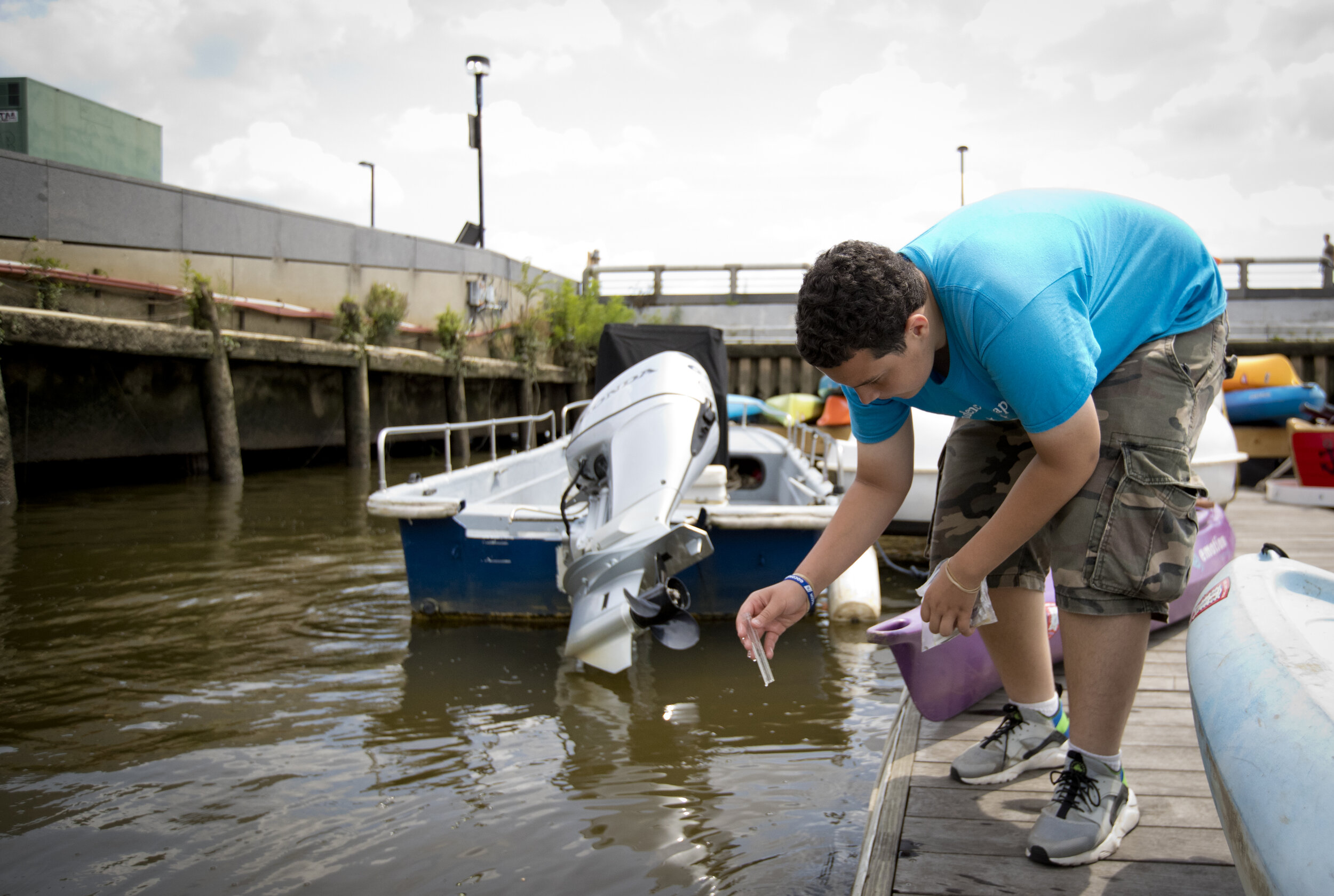
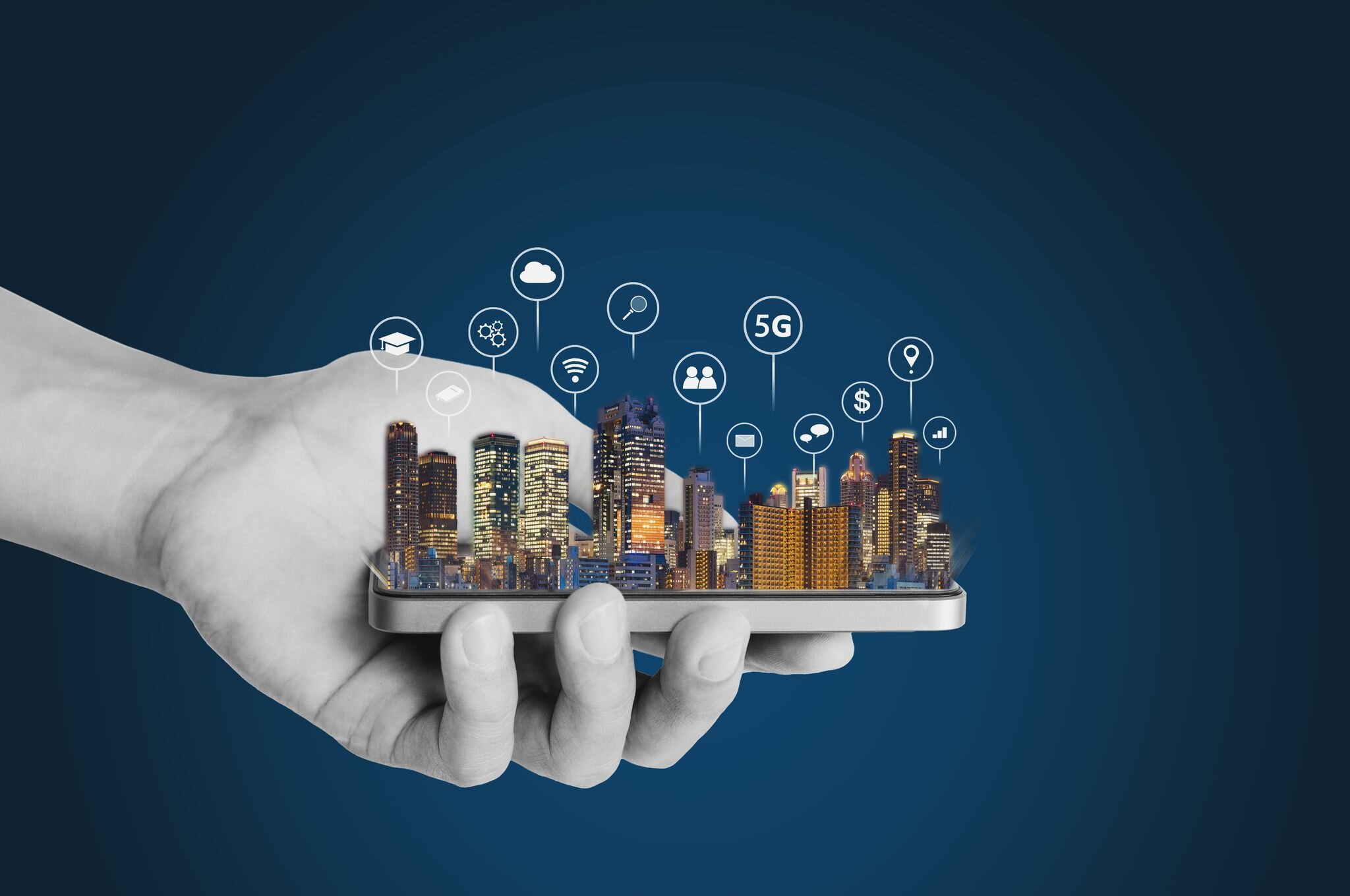
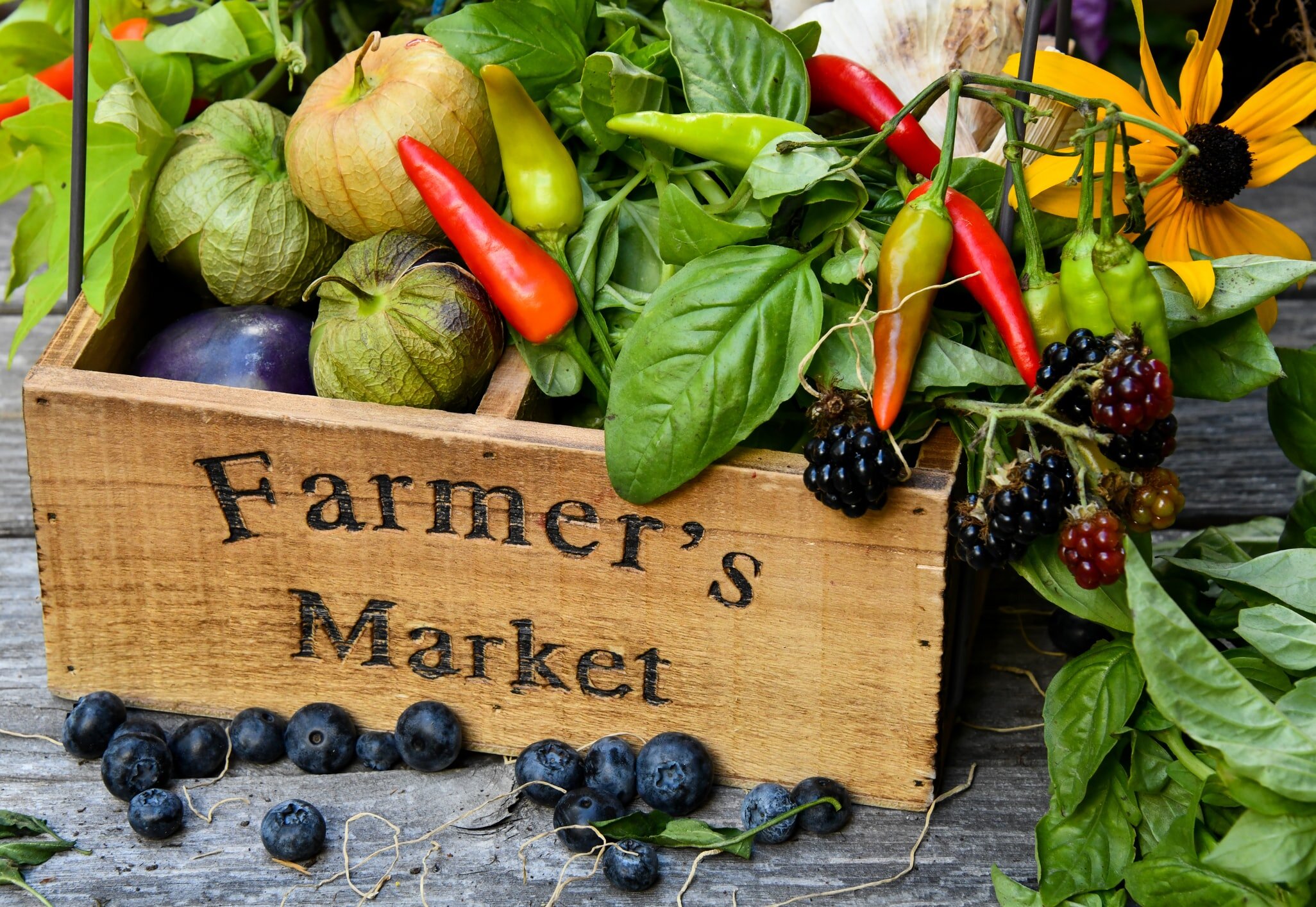
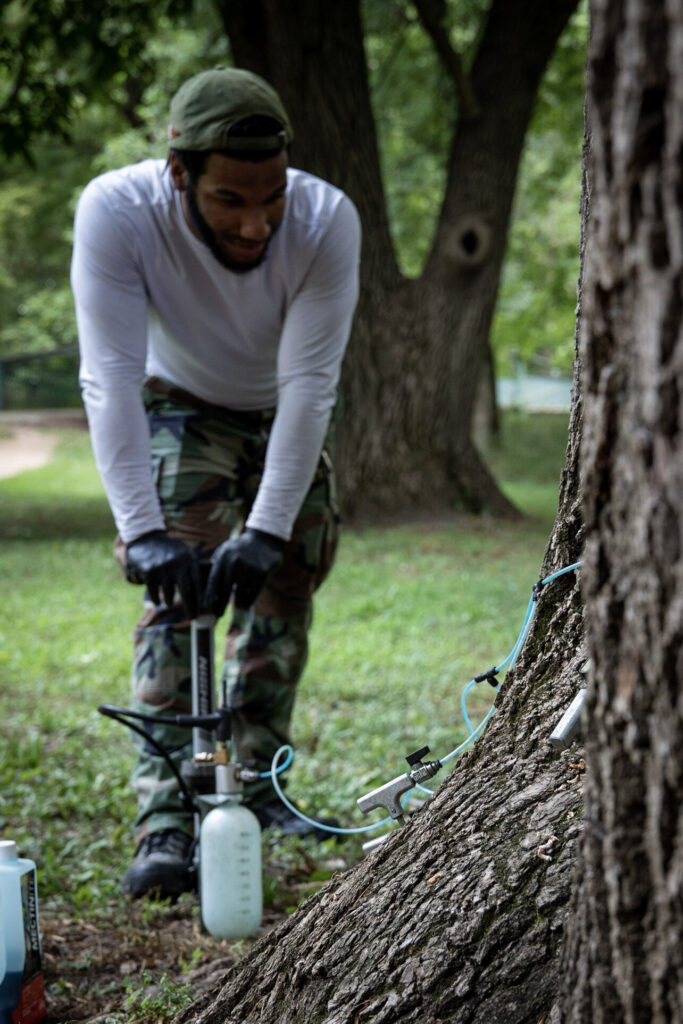

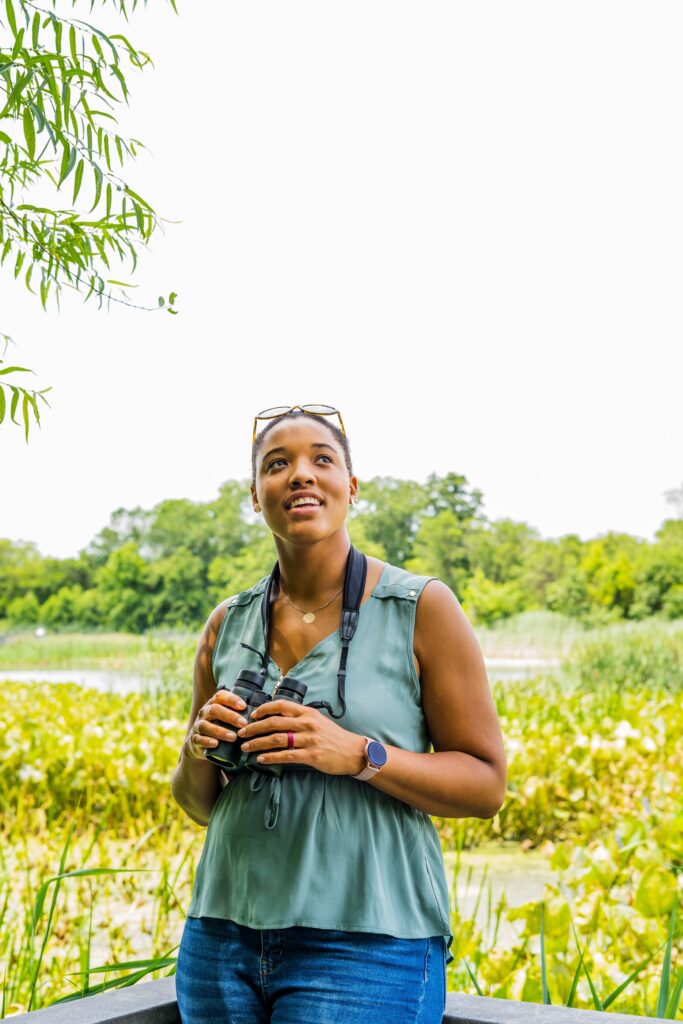

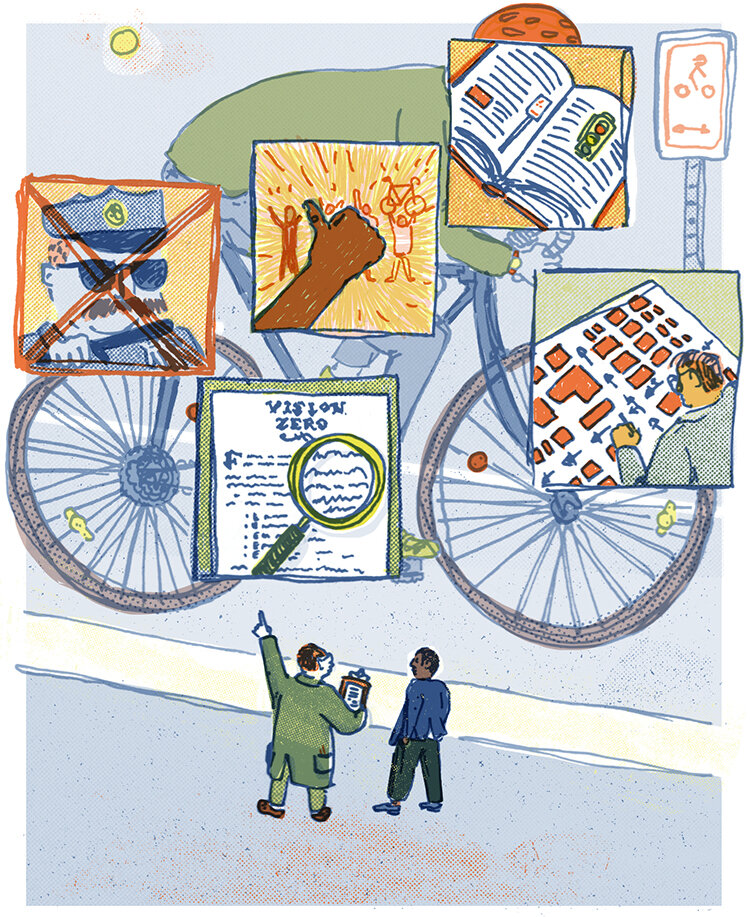
As as a recent employee of the Seaport, it’s interesting to read through the numerous inaccuracies in this article (undoubtedly written with incorrect info provided by the Seaport).
The four year STEM program, in partnership with NAVSUP, is not in fact focused specifically on young Black women. EAGLE is available to any young woman who attends a Philadelphia-area high school (by application process). It’s disturbing that the program was described in a way that appears exclusionary. The main goal of EAGLE is to encourage all young women in Philly to extend their interests to STEM fields. The incorrect description is purely opportunistic on the part of the museum.